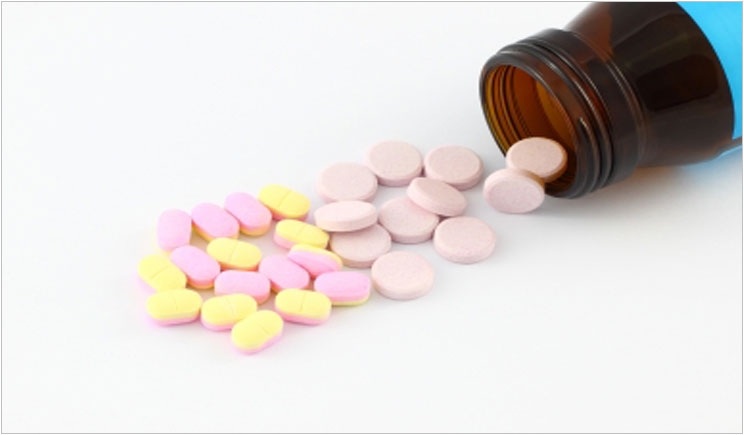
The U.S. Food and Drug Administration (FDA) is strengthening an existing label warning that non-aspirin nonsteroidal anti-inflammatory drugs (NSAIDs) increase the chance of a heart attack or stroke — a significant change for the profession, considering how often dentists prescribe these medications.
The drug facts labels for over-the-counter, non-aspirin NSAIDs already contain information on heart attack and stroke risk. After reviewing a variety of new safety information on prescription and over-the-counter NSAIDs, including observational studies, a large combined analysis of clinical trials and other scientific publications, the FDA decided to revise the prescription NSAID labels.
In particular, the FDA’s review noted that NSAID use by patients who have suffered a heart attack and are taking antithrombotic medication increases the risk of bleeding, recurrent heart attack, stroke and death.
“Given the widespread use of NSAIDs to alleviate the pain and discomfort of everything from headaches and muscle aches to osteoarthritis and postsurgical pain, the FDA recommendation reflects an abundance of caution,” said Peter L. Jacobsen, PhD, DDS.
Jacobsen, who is a diplomat of the American Board of Oral Medicine and an adjunct professor in the Department of Dental Practice and Community Medicine at the University of the Pacific, Arthur A. Dugoni School of Dentistry, notes that the NSAIDs are the keystone in pain control in dentistry.
But, as with all drugs, he noted, they have their risks, and dentists need to be knowledgeable about their risks and benefits and use them with appropriate caution. He suggested that the advisory is relevant for dentists in that risk of cardiovascular problems has been associated with even short-term (3 days) use of NSAIDs.
“Dentists should be aware of these concerns when prescribing ibuprofen, naproxen sodium and other NSAIDs, inform their patients and consider alternative pain medication, primarily acetaminophen, when appropriate or necessary,” Jacobsen said.
The FDA revision reflects the following findings:
- The risk of heart attack or stroke can occur as early as the first weeks of using an NSAID. The risk may increase with longer use of the NSAID.
- The risk appears greater at higher doses.
- It was previously thought that all NSAIDs may have a similar risk. Newer information makes it less clear that the risk for heart attack or stroke is similar for all NSAIDs. However, this newer information is not sufficient for the FDA to determine that the risk of any particular NSAID is definitely higher or lower than that of any other particular NSAID.
- NSAIDs can increase the risk of heart attack or stroke in patients with or without heart disease or risk factors for heart disease. Many studies support this finding, with varying estimates of how much the risk is increased, depending on the drugs and the doses studied.
- In general, patients with heart disease or risk factors for it have a greater likelihood of heart attack or stroke following NSAID use than patients without these risk factors because they have a higher risk at baseline.
- Patients treated with NSAIDs following a first heart attack were more likely to die in the first year after the heart attack compared to patients who were not treated with NSAIDs after their first heart attack.
- There is an increased risk of heart failure with NSAID use.
A recent study in the Journal of the American Medical Association titled “Association of NSAID use with risk of bleeding and cardiovascular events in patients receiving antithrombotic therapy after myocardial infarction” (JAMA 2015; 313(8):807-14) found that the highest risk groups are those patients who have had a heart attack and have been put on anticoagulants such as low-dose aspirin, Plavix or warfarin, or any combination of those drugs, to prevent further episodes.
The risk of having a bleeding event, defined as bleeding that required hospitalization and/or a cardiovascular outcome, which included death, nonfatal recurrent MI, stroke or arterial embolism, was 2.2 events per 100 person-years in the antithrombotic group without NSAIDs, but it jumped to 4.2 events in the NSAID-antithrombotic group taking one antithrombotic drug plus an NSAID. The bleeding event incidence was even higher in the groups taking 2 and 3 antithrombotic drugs and an NSAID.
As noted in an editorial in the same JAMA issue titled “Potential hazards of adding nonsteroidal anti-inflammatory drugs to antithrombotic therapy after myocardial infarction. Time for more than a gut check” (pp. 801-2), “Practitioners would do well to advise patients with cardiovascular disease against all NSAID use (except low-dose aspirin), especially patients with a recent acute coronary syndrome.”











